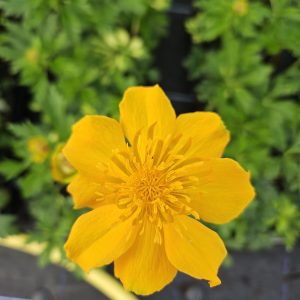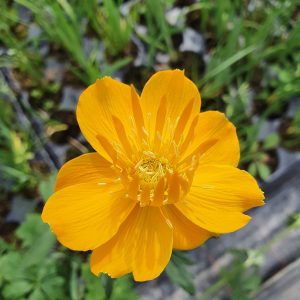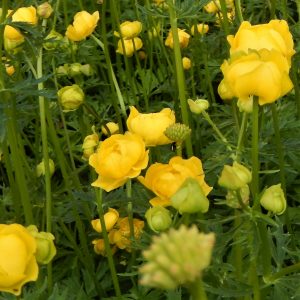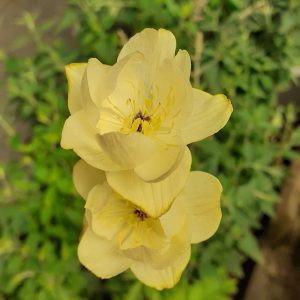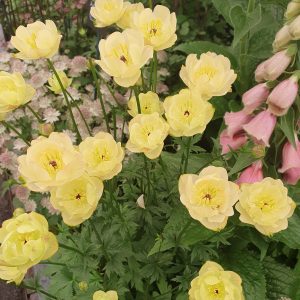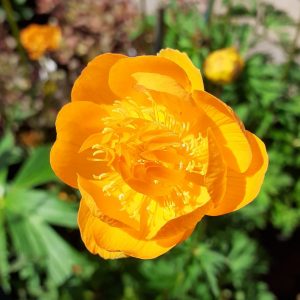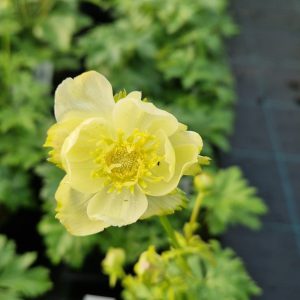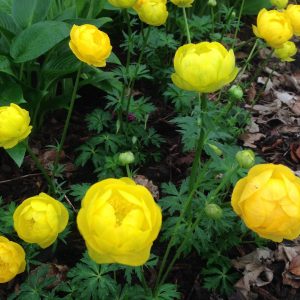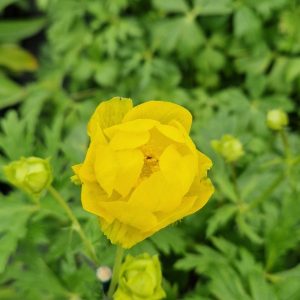Trollius, commonly known as globe flower, is a charming perennial that produces bright, globe-shaped flowers. Follow this planting guide to ensure successful establishment and optimal growth of your Trollius plants.
Choose the Right Location
Sun Exposure: Trollius prefers partial shade to full sun. In warmer climates, some afternoon shade is beneficial.
Soil Type: Well-draining soil rich in organic matter is ideal. Trollius thrives in slightly acidic to neutral soil.
Planting Time
Spring or Autumn: Plant Trollius in the spring or autumn when the soil is workable. Avoid planting during extreme weather conditions.
Spacing
Adequate Spacing: Space Trollius plants 18 to 24 inches apart to allow for proper airflow and prevent overcrowding.
Planting Depth
Proper Depth: Plant Trollius at the same depth as they were in the nursery containers. Ensure the crown is at or slightly above soil level.
Watering
Consistent Moisture: Keep the soil consistently moist, especially during dry spells. Mulch around the plants to retain soil moisture and suppress weeds.
Fertilisation
Balanced Fertiliser: Apply a balanced, slow-release fertiliser in spring as new growth emerges. Avoid excessive nitrogen, as Trollius prefers moderate fertility.
Deadheading
Regular Removal of Spent Blooms: Deadhead faded flowers to encourage continuous blooming and maintain a tidy appearance.
Pest and Disease Management
Vigilant Monitoring: Regularly inspect plants for pests such as aphids or slugs. Treat infestations promptly with insecticidal soap.
Good Air Circulation: Ensure proper spacing to promote air circulation and minimise the risk of fungal diseases.
Pruning
Minimal Pruning: Trollius generally requires minimal pruning. Remove dead or damaged foliage in late autumn or early spring to encourage new growth.
Winter Care
Mulching in Autumn: Apply a layer of mulch around the base of the plants in late autumn to protect against winter cold and temperature fluctuations.
Observation and Adjustments
Regular Inspection: Keep an eye on your Trollius plants throughout the growing season. Adjust care practices based on observations of their health and performance.
Enjoying the Blooms
By following this planting guide, you can establish and maintain healthy Trollius plants that will bring a burst of colour to your garden with their unique and cheerful flowers.



